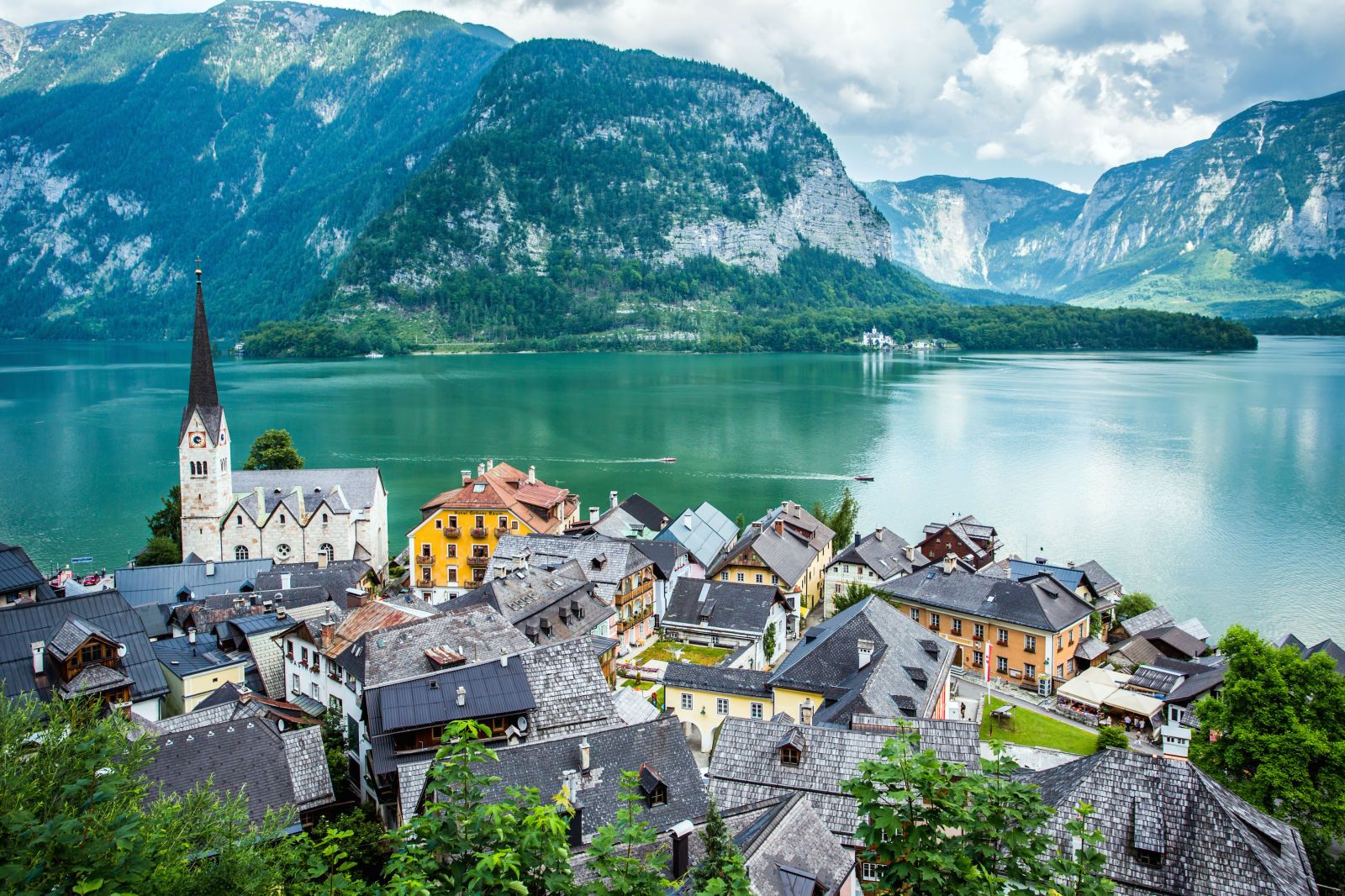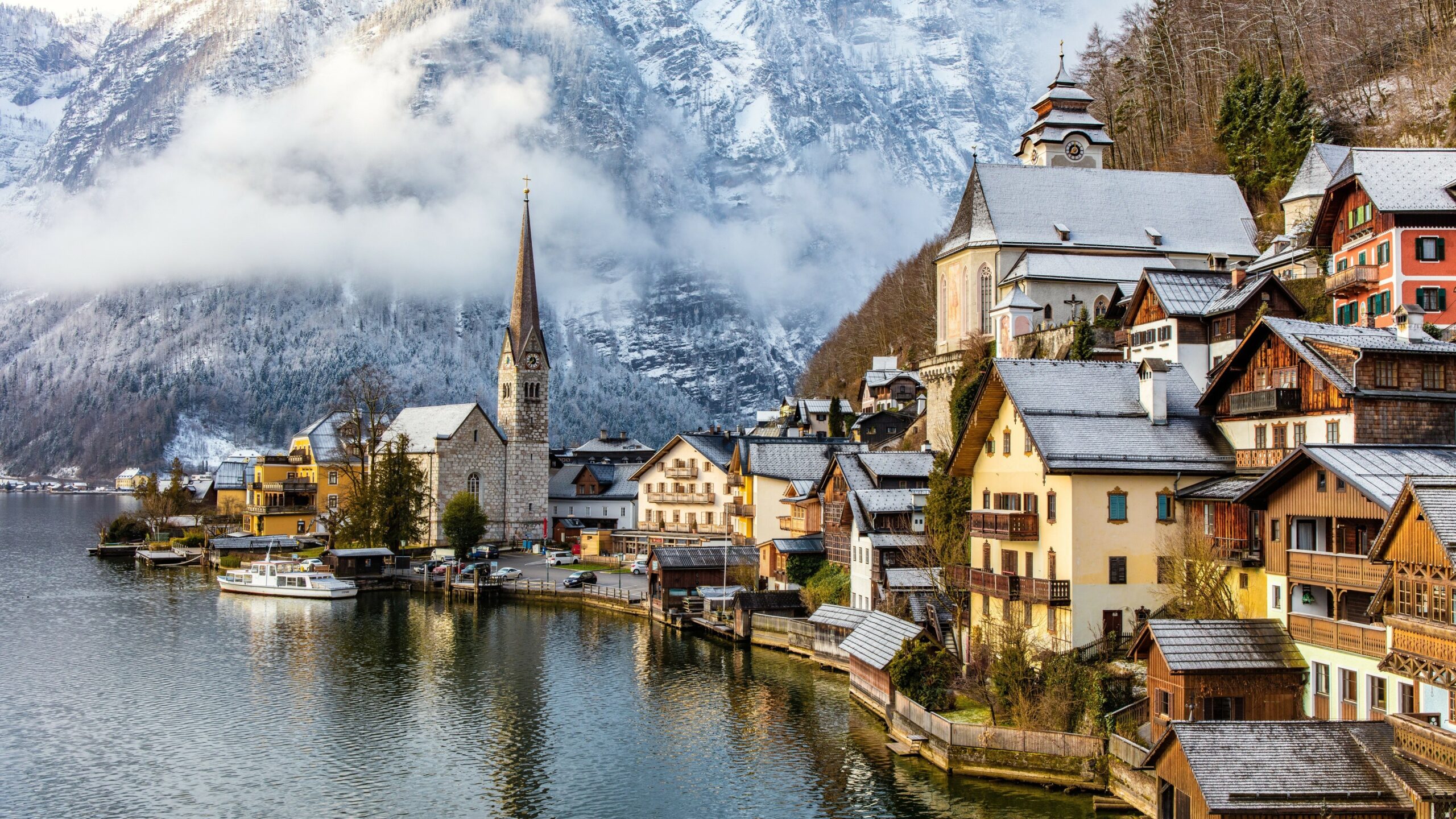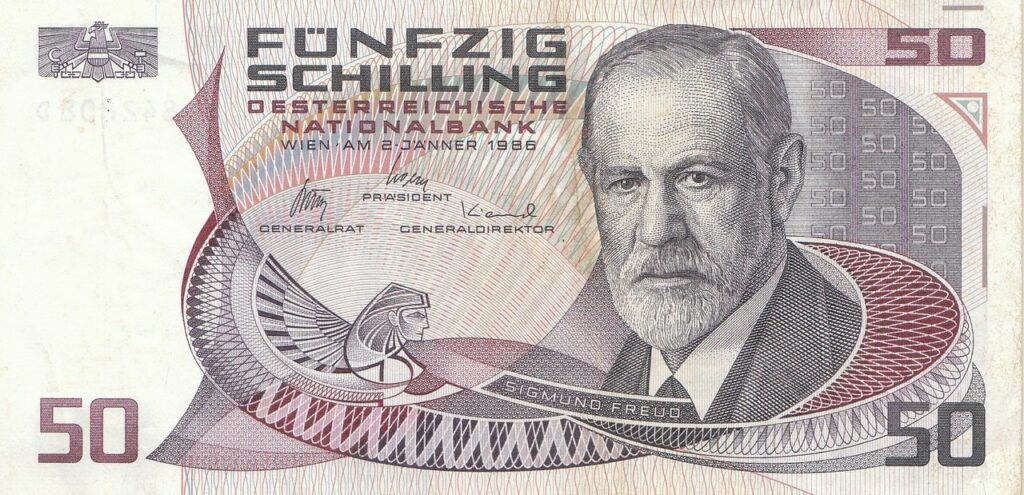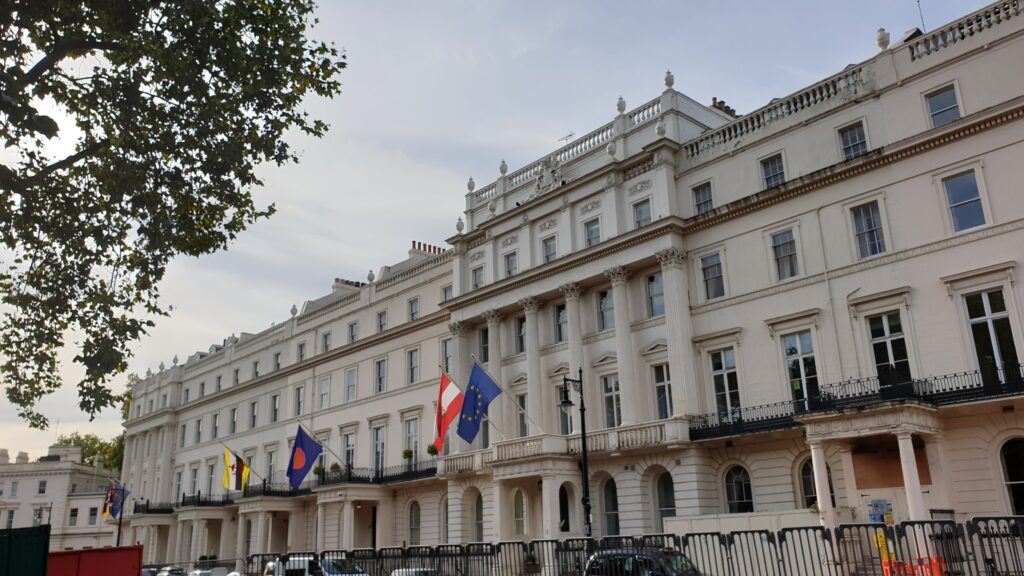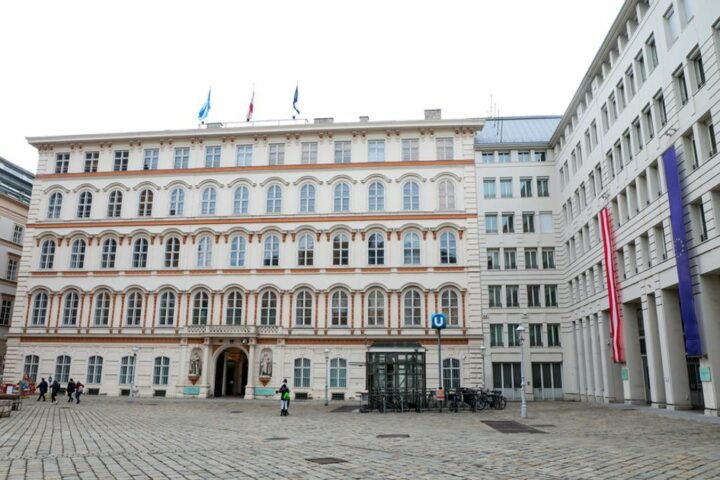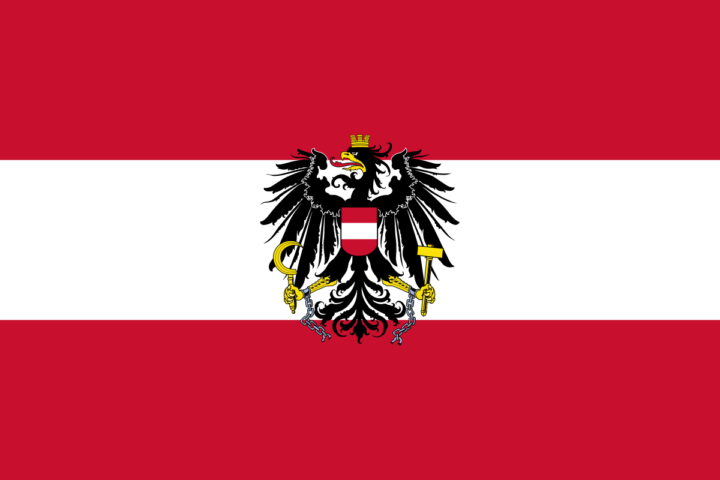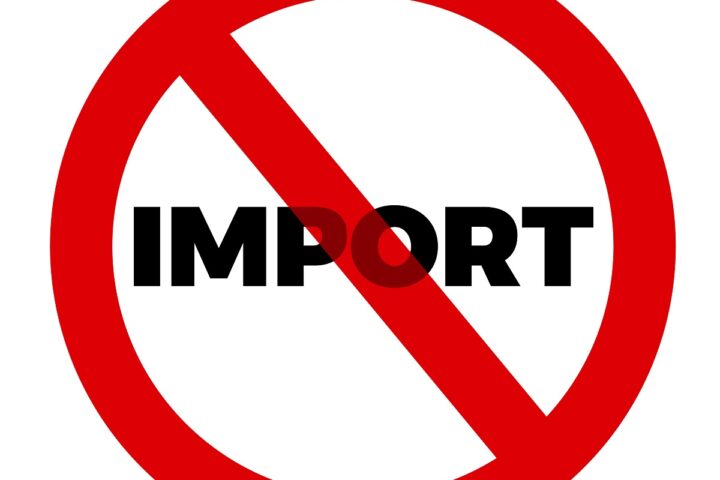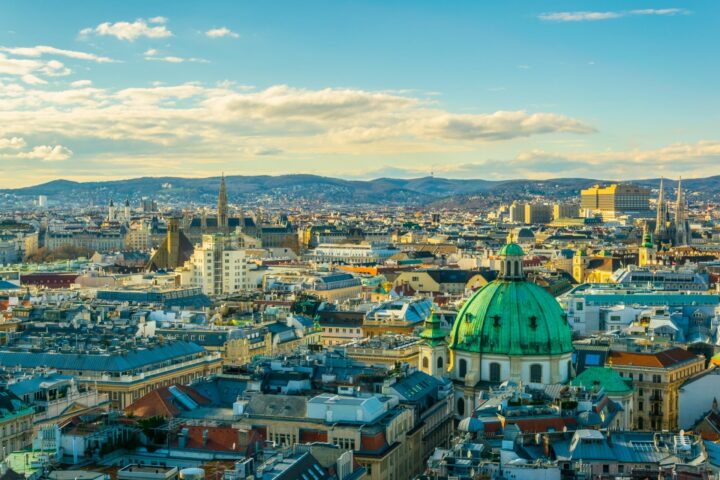Introduction
Austria, officially known as the Republic of Austria, is a landlocked country in Central Europe. Renowned for its rich cultural heritage, stunning landscapes, and significant historical influence, Austria is a destination that captures the interest of many. This guide will delve into Austria’s geographical location, its neighboring countries, physical features, and other interesting aspects.
Geographic Location of Austria
Central Europe: Heart of the Continent
Austria is situated in Central Europe, making it a central point for travel and commerce within the continent. It is bordered by eight countries: Germany to the northwest, the Czech Republic to the north, Slovakia to the northeast, Hungary to the east, Slovenia to the south, Italy to the southwest, Switzerland to the west, and Liechtenstein to the west.
Coordinates and Area
Austria lies between 46° and 49° North latitude and 9° and 17° East longitude. The country spans an area of approximately 83,879 square kilometers (32,386 square miles), making it one of the smaller countries in Europe by land area.
Fun and Interesting Facts
- Austria’s highest point is the Grossglockner, which stands at 3,798 meters (12,461 feet) above sea level.
- The country is famous for its alpine skiing and is home to some of the most renowned ski resorts in the world.
Physical Features and Landscape
The Austrian Alps
The Austrian Alps dominate the western and southern parts of the country, covering about 62% of Austria’s total land area. These mountains are not only a major tourist attraction but also a crucial part of Austria’s identity, providing opportunities for skiing, hiking, and mountaineering.
Danube River
The Danube River, Europe’s second-longest river, flows through Austria from west to east, passing through major cities like Linz and Vienna. The Danube is vital for transportation, commerce, and tourism, playing a significant role in Austria’s economy and culture.
Plains and Basins
In the northeast, Austria features plains and basins, such as the Vienna Basin, which is crucial for agriculture and urban development. These lowland areas contrast sharply with the mountainous regions, offering a diverse landscape within a relatively small area.
Neighboring Countries and Borders
Germany and the Czech Republic
To the north and northwest, Austria shares borders with Germany and the Czech Republic. These borders are characterized by mountainous terrains and river valleys, facilitating cultural and economic exchanges.
Slovakia and Hungary
Austria’s eastern borders with Slovakia and Hungary feature the Danube River and expansive plains, enhancing connectivity and trade relations. Bratislava, the capital of Slovakia, is just a short distance from Vienna, fostering close ties between the two capitals.
Slovenia and Italy
To the south, Austria’s borders with Slovenia and Italy are marked by the Alps, creating natural barriers and picturesque landscapes. These regions are popular for winter sports and alpine tourism.
Switzerland and Liechtenstein
Austria’s western borders with Switzerland and Liechtenstein are also dominated by mountainous terrain. These areas are less densely populated but offer some of the most stunning natural scenery in the country.
Fun and Interesting Facts
- Vienna, Austria’s capital, is one of the closest capitals to another country’s capital, Bratislava, Slovakia. They are only about 60 kilometers (37 miles) apart.
- Austria is the only country that has not only one but two landlocked neighbors: Liechtenstein and Switzerland.
Commonly Asked Questions About Austria’s Location
Where is Austria located?
Austria is located in Central Europe, bordered by Germany, the Czech Republic, Slovakia, Hungary, Slovenia, Italy, Switzerland, and Liechtenstein.
Is Austria part of the European Union?
Yes, Austria is a member of the European Union, having joined in 1995.
What are the geographical coordinates of Austria?
Austria lies between 46° and 49° North latitude and 9° and 17° East longitude.
What is the capital of Austria?
The capital of Austria is Vienna, located in the northeastern part of the country.
How far is Austria from Germany?
Austria shares a border with Germany, and the distance between major cities like Vienna and Munich is approximately 400 kilometers (249 miles).
Where about is Austria located?
Austria is located in Central Europe, bordered by Germany, the Czech Republic, Slovakia, Hungary, Slovenia, Italy, Switzerland, and Liechtenstein.
What is Austria famous for?
Austria is famous for its rich cultural heritage, classical music, stunning alpine landscapes, and historical cities such as Vienna and Salzburg.
What is Austria also known as?
Austria is also known as the Republic of Austria.
Which country is nearer to Austria?
Austria is closest to Germany and the Czech Republic to the north and northwest.
What is the language of Austria?
The official language of Austria is German.
Is Austria the largest country in the world?
No, Austria is not the largest country in the world; it is relatively small in land area, covering about 83,879 square kilometers.
What currency does Austria use?
Austria uses the Euro (€) as its official currency.
How many countries connect to Austria?
Austria is bordered by eight countries: Germany, the Czech Republic, Slovakia, Hungary, Slovenia, Italy, Switzerland, and Liechtenstein.
Conclusion
Austria’s strategic location in Central Europe, coupled with its diverse landscape of mountains, rivers, and plains, makes it a unique and attractive destination. Understanding its geography, neighboring countries, and physical features provides a deeper appreciation for Austria’s cultural and natural heritage. For more detailed and up-to-date information, refer to academic and government sources.
- Embassies of Austria - June 27, 2024
- Where is Austria Located? - June 27, 2024
- Austria Holidays - June 26, 2024

